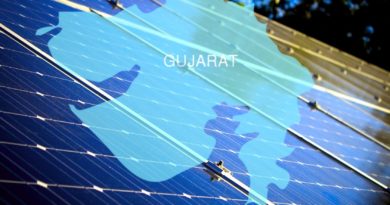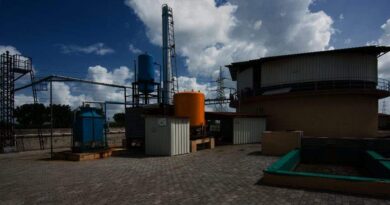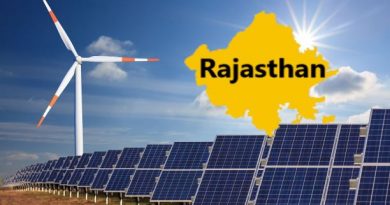Reinvest2018. Winds of Change and the heat from Solar
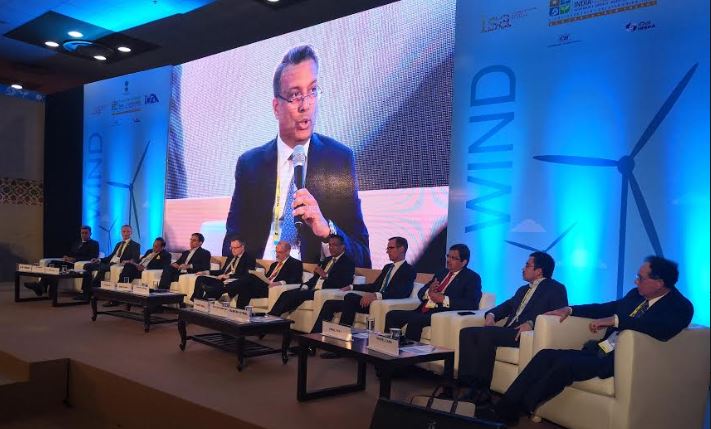 The Wise Men of Wind Power
The Wise Men of Wind Power
In a session marked out as much for the size of its panel, as the stature of the participants, the session on Winds of Change, to take stock of the Wind Energy sector and the way forward, was a really interesting one. With a heavy presence of players from across the Wind energy spectrum, from developers, to consultants to manufacturers and even certification, the panel was moderated by the Chairman and MD of India’s largest private renewables player, Sumant Sinha.
Other participants included JP Chalsani, Group CEO, Suzlon Energy, Ramesh Kymal, MD, Siemens Gamesa Renewables India, Mclcolm Wrigley, CEO, ENGIE India, Dr. Daniel Farb, CEO, Leviathan Energy, Steve Sawyer , Sr Policy Advisor from the Global Wind Energy Council, Derek Parkin , CEO of CLP Holdings, Per Enggaard From DNVGL, besides Hero Future energies CEO, Sunil Jain. Providing the government perspective were Raj Gopal , Principal Secy, Energy from Gujarat, and of course, Mr Bhanu Pratap Yadav, Joint Secretary, MNRE.
Sunil Jain of Hero Energies got the session going, when asked to pick between solar and wind. Mr Jain, who is also president of the Wind Independent Power Producers Association, pointed out that while Solar has its own set of advantages, Wind Power retains a technological edge, demonstrated both by higher PLF’s of 30% and above, besides lower land requirements. Yes, the technical demands from Solar are far lower, but Wind Power remains poised to grow, especially now that solar and wind tariffs in India are almost at par.
Pointing to the make in India potential for Wind, Ramesh Kymal highlighted the manufacturing competitiveness the country has, sharing that among 28 plants of Siemens Gamesa worldwide, including China, the Indian plant was the most competitive on costs. It was only higher freight costs that crimp the export advantage for India, he asserted. He also pointed out the far lower manufacturing India does when it comes to solar, and the far tougher road ahead there, when it comes to being competitive. With over 80% of solar components imported, he made a strong point.
Mr Chalsani made a strong pitch for more sanity in pricing, where manufacturers had borne the brunt of the race to be competitive with Solar. Besides that, he also urged more predictable and consistent demand for wind, by a more dependable scheduling of auctions and awards, to ensure that manufacturers could actually plan expansion and production better.
A common issue raised by almost every panelist was the need to overcome the challenge of power evacuation. It was a question for which even Mr Yadav didn’t really have an immediate answer, though assurances were made about the government being aware of the issue. It was highlighted how, while a typical Wind or solar installation can be done in a period of maximum 2 years from award to activation, establishing evacuation infra invariably takes three years or more, creating a clear mismatch.
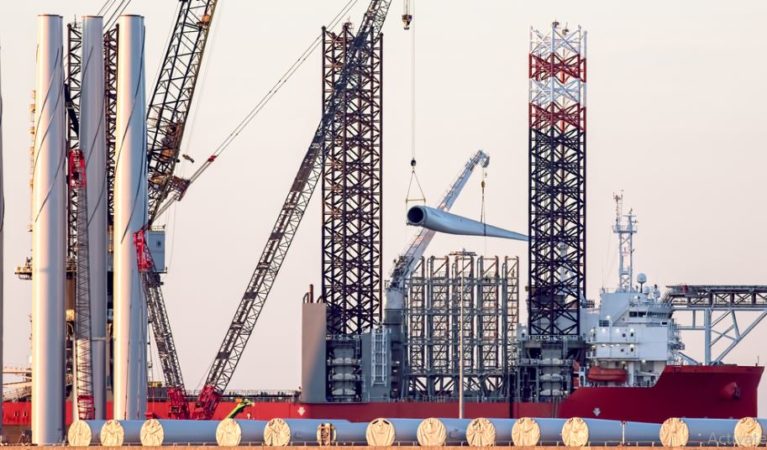
Financing came up for its share of discussions, though its an area that was also the subject of dedicated, multiple sessions. So here’s hoping the Industry will see some positive outcomes there soon. Linked to this was the issue of Corporate Purchases, an issue which remains a prickly one in India, thanks to discoms obvious resistance, as they see their most dependable clients seek to shift to direct purchases of renewables. This remains one of the more critical growth drivers for the sector, and panelists were hopeful of a better policy environment to enable it in the next two years.
Sumant Sinha, who pulled off the unenviable task of moderating an 11 member panel with aplomb, rounded off by patting the industry on its back for achieving a critical milestone like 25 GW capacity. He also highlighted how, with hybrid Wind-Solar projects becoming more common, the space for working together remained much larger than the space for competition, as both these sectors bear the load of helping India achieve its climate goals as well as lead the fight against fossil fuel dependence.

